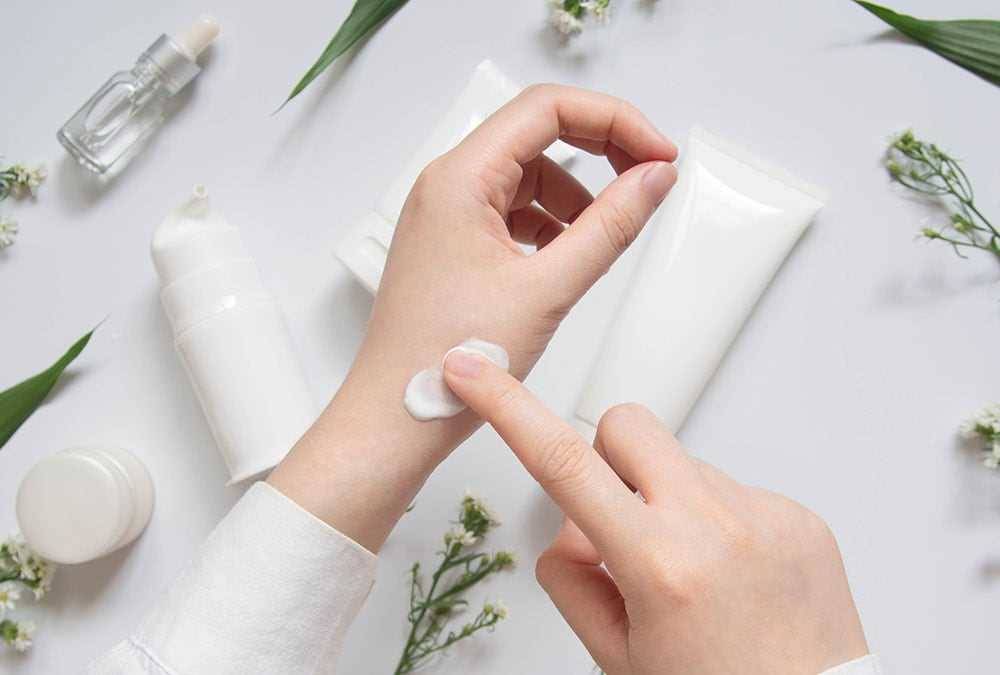OptiSafeTM
The OptiSafeTM in-vitro ocular irritation test is a standardised and quantitative acute ocular irritation test method that ALS uses to determine the irritation potential of cosmetics, creams, shampoos, toiletries, cleaning agents, and other consumer products. The product to be tested is applied to a semi-permeable membrane (“ocular membrane") which is a material developed to be similar to the layer of tissue on the outside of the cornea. When the sample moves through the ocular membrane, it contacts a macromolecular matrix. This matrix has one component that is similar in structure and organization to macromolecules within the cornea and a second component that predicts damage to molecules related to the immune response and cell viability.
Why OptiSafeTM is becoming the preferred in-vitro test for cosmetics
OptiSafeTM is really the state-of-the-art test for in-vitro ocular safety of cosmetics with numerous advantages over other common tests, such as HET-CAM or BCOP. The test is the highest accuracy and sensitivity for mild and moderate irritants. It is low cost. It has a fast turnaround, sometimes as little as one week.
 Search
Search
 English
English
 Login
Login














































